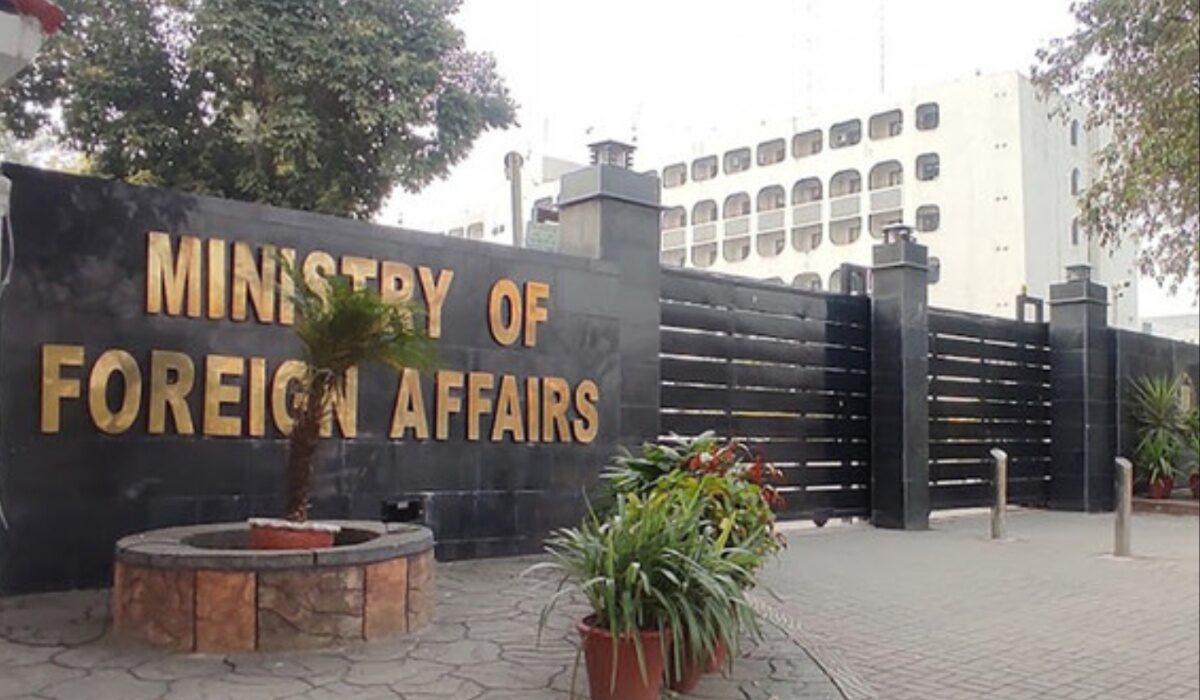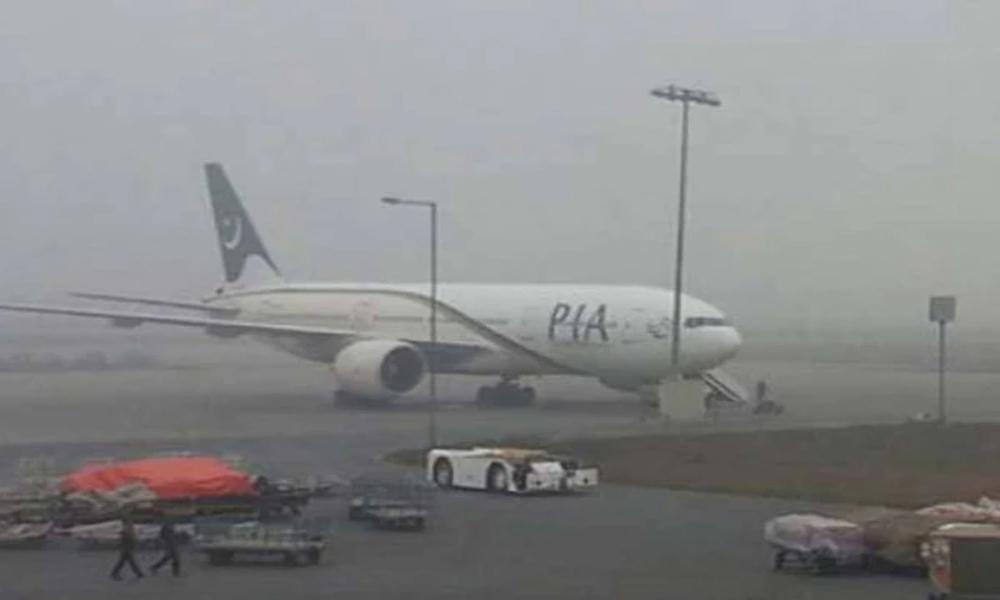A thousand pigs just burned alive in a barn fire
On Tuesday in Shine, North Carolina, a barn holding over 1,000 pigs caught on fire. Multiple fire departments were called to put out the blaze, but only 200 pigs survived. The cause of the fire is under investigation and hasn’t yet been determined. This is no…

Published 4 months ago on Sep 19th 2024, 7:00 am
By Web Desk

Last Tuesday in Shine, North Carolina, a barn holding over 1,000 pigs caught on fire. Multiple fire departments were called to put out the blaze, but only 200 pigs survived. The cause of the fire is under investigation and hasn’t yet been determined. This is not an isolated incident. Three weeks ago, 1,100 pigs died in a fire at a factory farm in Ohio, while 70,000 chickens died in a fire at a California factory farm in mid-July. So far, in 2024, nearly 1.5 million farmed animals have died in barn fires, according to data compiled by the Animal Welfare Institute (AWI), a US nonprofit organization. More than 8 million farmed animals have perished in barn fires over the last decade, but animal advocates believe the true number is much higher because reporting requirements vary by state. Among the factory farming complex’s many cruelties, these deaths are little noted but disturbingly common. [Image: https://platform.vox.com/wp-content/uploads/sites/2/2024/09/Ahn6b-over-8-million-farmed-animals-have-died-in-barn-fires-since-2013-the-true-death-count-is-likely-far-higher-nbsp-.png?quality=90&strip=all] This week’s fire at the pig farm in North Carolina is especially timely, however: The pork industry has recently pushed back against proposed fire codes that would require sprinkler systems at new farms. Farm fires and how to put them out Virtually all animals raised for meat, dairy, and eggs in the US are raised on factory farms, where thousands to tens of thousands of animals are crammed together in large warehouses. These aren’t the old red barns you might see from the highway, anachronisms from a pre-industrial age. These contain modern ventilation, lighting, and heating systems that can malfunction and start a fire. Malfunctioning heating and electrical systems are the main cause of barn fires, according to the research foundation of the National Fire Protection Association (NFPA), a non-governmental organization that writes the fire codes and standards many states and localities adopt. Other causes include machinery, weather, wildfires, and, albeit rarely, arson. In early 2024, an NFPA expert committee overwhelmingly voted to update its animal housing code, which includes commercial livestock facilities, to require that buildings being built or renovated at mid- and large-sized factory farms install sprinkler systems starting in 2025. However, the code would still need to be adopted by localities and states to become enforceable. In response, the National Pork Producers Council (NPPC) filed a motion to strike the requirement, which was rejected by NFPA members at its annual technical meeting. NPPC appealed that decision and was granted a hearing by the organization’s standards council, which took place last month. The council recently rejected the industry’s appeal, and the requirement for applicable livestock barns to install sprinkler systems will be included in the upcoming 2025 edition of the NFPA’s animal housing code. The National Pork Producers Council didn’t respond to a request for comment, but it laid out its position in a September blog. One of its arguments is simply that more research is needed to determine the causes of barn fires and solutions to prevent them. Notably, however, the National Fire Protection Association’s foundation published a comprehensive report in 2022 detailing the causes of barn fires and recommended sprinkler systems as the first solution. In its appeal, the pork group had laid out a number of other reasons to reject the sprinkler requirement, including biosecurity, environmental pollution, and the potential for sprinkler activation to harm animals. “In my opinion, a lot of this is grasping at straws,” said Allie Granger, a policy adviser at AWI. “A lot of their claims seem to really just distract from the fact that this is a pervasive issue within their industry.” The pork group’s biggest concern, however, appears to be how much sprinkler requirements would cost the industry. The meat industry’s same old argument on repeat The pork council claims that installing sprinkler systems would cost pork producers $9 to $15 per square foot. If they’re right, that would come out to roughly $200,000 for an industrial barn, and many facilities have multiple barns. It’s a lot of money, but a reasonable price to pay for protecting vulnerable animals trapped in a fire. Even though fires are relatively rare, buildings for humans require sprinkler systems because we’ve decided — rightfully — that we value human life enough to protect it, even if it makes construction that much more expensive. “They don’t want to put up the cost for sprinklers, and they just will continue to ignore the fact that thousands of animals are dying on their facilities,” Granger said. The pork industry, despite its supposed “moral obligation” to raise animals “humanely and compassionately,” is willing to absorb the loss of animal life in an occasional barn fire if it means not incurring the cost of installing and maintaining sprinkler systems. It has also aggressively lobbied to maintain its right to confine pregnant pigs in tiny crates for virtually their entire lives for the same reason: cost. [Image: https://platform.vox.com/wp-content/uploads/sites/2/2024/09/WAM26923.jpg?quality=90&strip=all] Over the last couple of years, the poultry industry — in its efforts to stamp out the spread of bird flu — has killed tens of millions of animals by closing vents and cranking up the heat so the birds slowly die by heatstroke, the most cost-effective, and cruelest, form of mass euthanasia. If there’s one defining characteristic of today’s meat industry, it’s a willingness to sacrifice the welfare of an animal — or the safety of a worker or the health of a river, for that matter — if it improves its bottom line. At some point, regulators need to say enough is enough and enact commonsense reforms. Sprinkler systems to prevent animals dying en masse by fire seems like a good place to start. Update, September 16, 11:55 am ET: This story, originally published on September 16, has been updated with the NFPA council’s decision to reject the pork industry’s appeal of new sprinkler requirements.
Advertisement

Agent: QB Rourke led Indiana to CFP on torn ACL
- ایک گھنٹہ قبل

Cybertruck explosion investigation identifies the driver and tracks its path to Las Vegas
- 2 گھنٹے قبل

The past 24 hours in South Korea’s chaotic politics, explained
- 19 منٹ قبل

Why thousands of people are traveling to one country to see these birds
- 19 منٹ قبل

Day: Expanded CFP gave OSU chance 'to peak'
- ایک گھنٹہ قبل

Samsung bets big on OLED and gaming with its 2025 monitor lineup
- 2 گھنٹے قبل
You May Like
Trending













